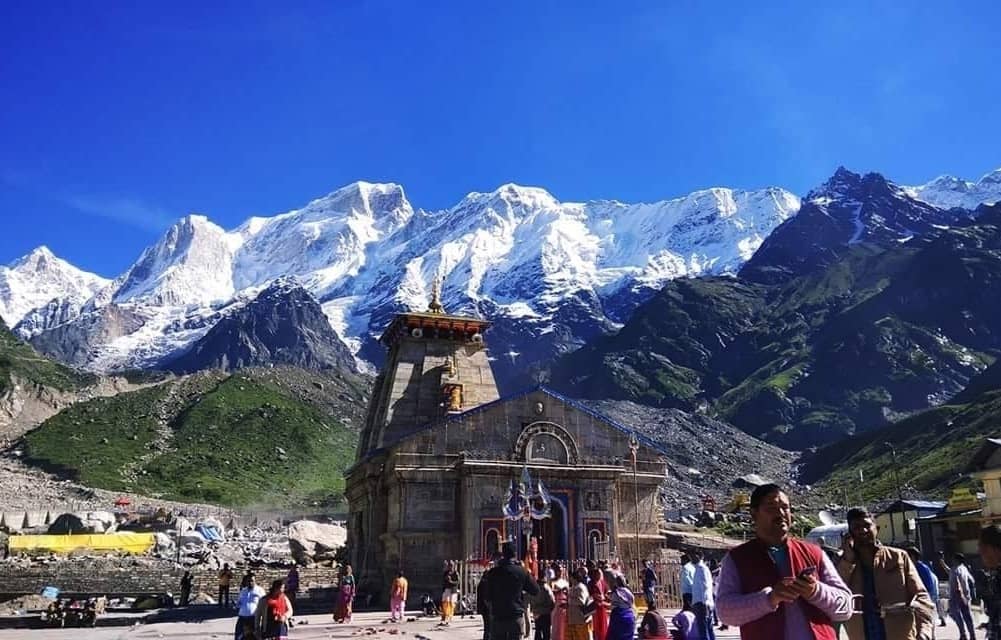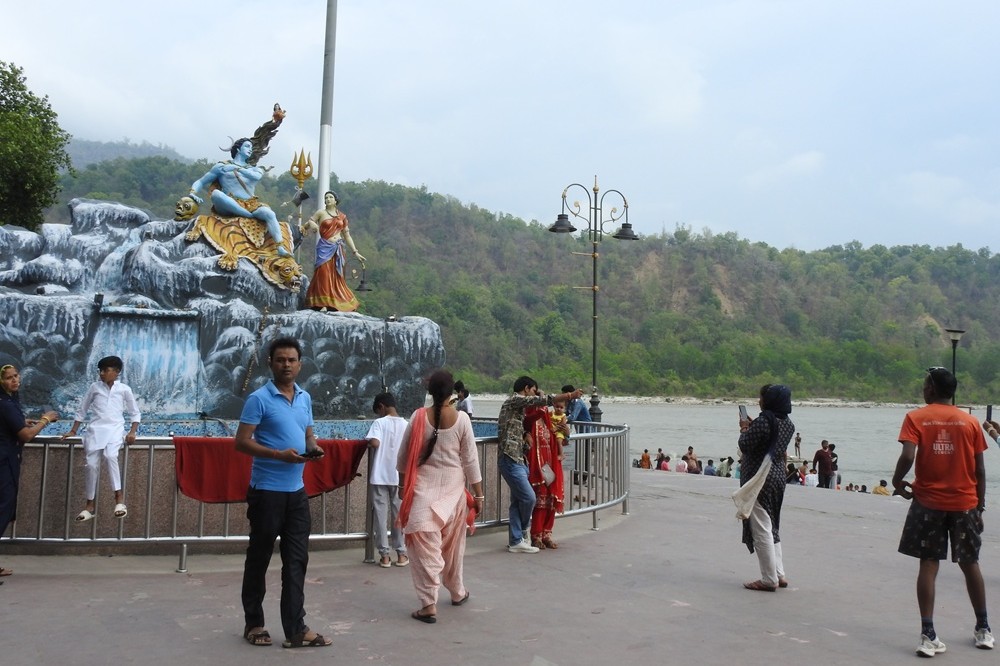Discover completion date about 12.9 Km Ropeway in Kedarnath
The Union Cabinet has approved the project in March, the much-awaited 12.9 km Ropeway in Kedarnath. This transformative project aims to revolutionize travel to the sacred shrine of Shri Kedarnath Dham in Uttarakhand, nestled at an altitude of 3,583 meters (11,968 feet) in the Rudraprayag district.
In Short Ropeway in Kedarnath
- Kedarnath ropeway approved, cuts travel time to 36 minutes
- Project cost: Rs 4,081.28 crore, 12.9 km long
- Enhances religious tourism, part of broader infrastructure plan
Key Highlights of the Kedarnath Ropeway:
-
Kedarnath Ropeway distance (Total Length ): 12.9 kilometers
-
Kedarnath Ropeway Cost of the Project: ₹4,081.28 crore
-
Mode of Development: Design, Build, Finance, Operate and Transfer (DBFOT)
-
Implementation Model: Public-Private Partnership (PPP)
-
Technology Used: Tri-cable Detachable Gondola (3S) – the most advanced ropeway technology
-
Capacity:
-
1,800 passengers per hour per direction (PPHPD)
-
18,000 passengers per day
-
Fast, Safe & Eco-Friendly Pilgrimage Travel
The upcoming Kedarnath ropeway will be a boon for pilgrims, reducing the travel time from the current 8–9 hours of steep trekking to just 36 minutes. The eco-friendly and comfortable gondola system ensures a smoother and safer experience, especially for elderly devotees and those with physical limitations.

About Shri Kedarnath Dham
Kedarnath Temple is one of the 12 sacred Jyotirlingas of Lord Shiva and attracts lakhs of devotees every year. Open from Akshaya Tritiya (April-May) to Diwali (October-November), the shrine receives nearly 20 lakh pilgrims annually during the pilgrimage season.
There are more than 200 shrines of Lord Shiva in Chamoli district, but the most famous one is the Kedarnath Temple. According to legend, after their victory over the Kauravas in the Kurukshetra war, the Pandavas felt guilty for killing their own kin. They sought the blessings of Lord Shiva to atone for their sins. However, Lord Shiva eluded them repeatedly and took refuge at Kedarnath in the form of a bafellow.
When the Pandavas followed him, Lord Shiva dived into the ground, leaving behind his hump at Kedarnath. The remaining parts of Lord Shiva appeared in four other places and are worshipped as his manifestations. These include:
-
The arms of Lord Shiva at Tungnath
-
The face at Rudranath
-
The belly at Madmaheshwar
-
The locks (hair) and head at Kalpeshwar
Together, these five temples are collectively known as the Panch Kedar (which means Five in Sanskrit).
Suggested Read: How to Spend one day in Rishikesh?

Significance of the Kedarnath Temple
The Kedarnath Temple stands in the middle of a wide plateau, surrounded by majestic snow-capped peaks. This awe-inspiring structure was originally built in the 8th century A.D. by Jagad Guru Adi Shankaracharya and stands near the site of an even earlier temple constructed by the Pandavas.
The temple’s inner walls are adorned with carvings of various deities and scenes from Hindu mythology. Outside the temple’s entrance stands a large statue of Nandi Bafellow, acting as a guardian.
Built with massive, evenly cut grey stone slabs, the temple’s construction remains a marvel, leaving visitors in awe of how such heavy stones were moved and assembled in ancient times. The temple consists of a Garbha Griha for worship and a Mandap, which is designed for pilgrim assemblies.
Inside the temple, a conical rock formation is worshipped as Lord Shiva in his Sadashiva form, making the Kedarnath temple a sacred and powerful place of pilgrimage.
Ropeway in Kedarnath Ropeway in Kedarnath Ropeway in Kedarnath Ropeway in Kedarnath Ropeway in Kedarnath Ropeway in Kedarnath Ropeway in Kedarnath Ropeway in Kedarnath

